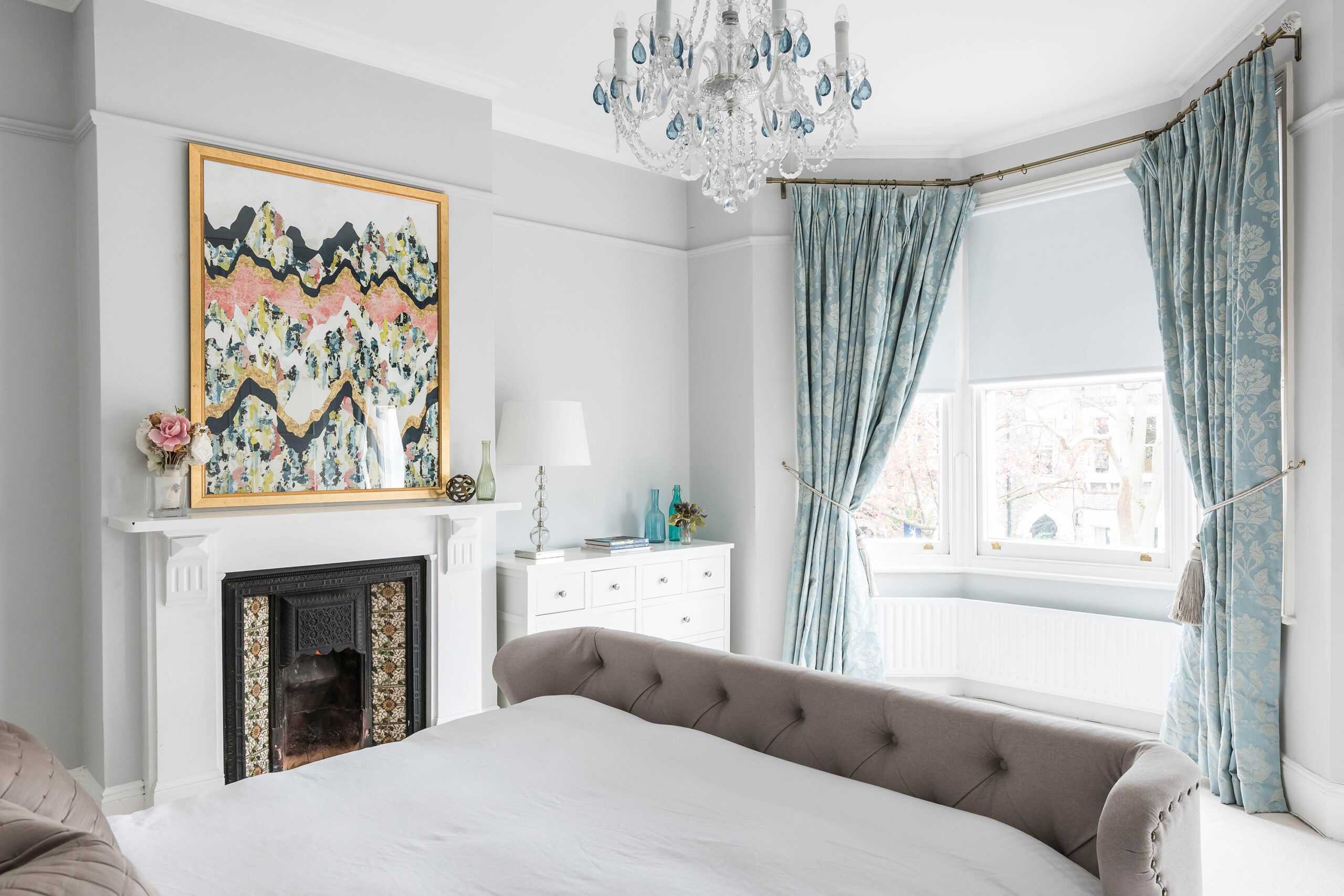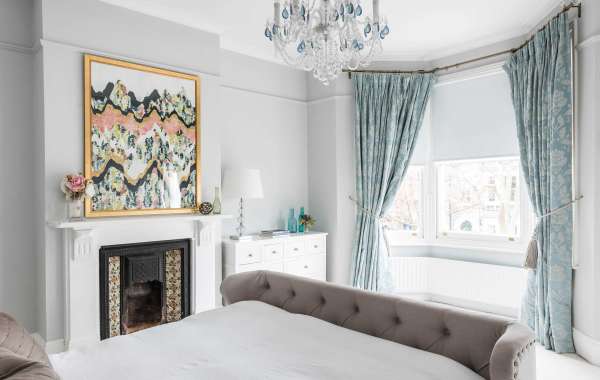However, when it comes to the lighting design of our homes, many of us consider light fixtures to be merely decorative additions rather than fundamental components of a room rather than essential features. This is because many of us have been taught to view lighting as primarily functional rather than decorative.
The lighting does not have to be the very first thing on your list of things to do for the design, but it also shouldn't be an afterthought either.
We have compiled seven of our very best recommendations for lighting in the home into one easy-to-access location in order to help take some of the guesswork out of the process.
7 fundamental guidelines that will help you design better lighting for your home
Lighting is one of those design features that you absolutely cannot ignore, regardless of whether you are constructing a brand-new home from the ground up or making upgrades to one that you already own. This is because lighting can have a significant impact on the mood and atmosphere of a room. If it is done correctly, the lighting in your home can add a significant amount of value to your property as a whole, and it can also be one of the primary differentiating factors in the process of creating a room that really wows people. If it is done correctly, the lighting in your home can also be one of the primary differentiating factors in the process of creating a room that really wows people. Make use of the following recommendations to assist you in navigating the decision-making process and coming up with options that are not only smart but also appealing and significant for the lighting design of your home.
Acquire an understanding of the many different kinds of lighting.
There are many different kinds of lighting, and each kind serves a different purpose in its own unique way. Each type of lighting also has its own set of characteristics.
The term "ambient lighting," which is synonymous with the term "general lighting," refers to the most fundamental form of illumination that a room will have. This kind of lighting is meant to illuminate the area so that people can see what they are doing and move around without putting themselves in danger. The term "ambient lighting" refers to a wide range of lighting, including recessed can lights, flush mount fixtures, and track lighting, amongst other types of lighting.
Accent lighting – Accent lighting serves a purpose that is comparable to that of task lighting; however, rather than providing targeted light to an area that you want to utilize, it serves a more decorative purpose that is nonetheless equally as specific. This is because accent lighting serves a decorative purpose, but it still serves a purpose that is equally as specific. For instance, accent lighting can be utilized to provide ambiance lighting or to bring attention to a specific piece of art.
In general, you will want to include each type in each and every room, with the strategic placement of the pieces varying depending on where you spend the most time in the space and what aspects of the room you want to draw attention to.
To get started, decide what the main focus will be.
The key to successfully lighting a room is to provide the eye with something to concentrate on, while the remaining lighting fixtures should function in a manner that is more understated in the background of the room. A chandelier made of crystals is one example of a lighting focal point; however, crystal lighting could also be something more understated, such as pendant lighting hung above a kitchen island or a fixture that is either mid-century modern or contemporary and hung over a dining table.
You could create an ambient atmosphere with the lighting at your focal point, or you could use it more as an accent instead. Either way, you have options.
Move through the building one room at a time.
It is possible to go shopping for general lighting fixtures that you love and then find a location for them, but it is typically simpler to light a home by going room by room because different types of rooms have different lighting requirements. You are able to go shopping for general lighting fixtures that you love and then find a location for them. The following is a rundown of the various types of rooms that you have in your house, along with some suggestions for where you should start when selecting lighting for those spaces:
Because the entryway is usually a narrow corridor, the lighting that is concentrated in the area that serves as the room's focal point ought to be adequate.
If you have a kitchen with an island, you can easily center the space in the room by suspending pendant lights above the island.
The lighting in a bedroom should be soft and comforting in order to create a relaxing atmosphere. In addition to the ambient lighting that is already present, the bedroom is an excellent location for dimmers and other accent fixtures due to the intimate nature of the space.
The restrooms -The vast majority of contemporary bathrooms include both ambient lighting and task lighting as standard fixtures. If you do decide that you want an accent piece, you should give some thought to its size in order to ensure that the room is properly balanced.
Find a comfortable balance between the scale and the size.
When making any decisions regarding the design of the object, it is absolutely necessary to keep in mind not only the dimensions and proportions of the thing, but also its aesthetics. A good rule of thumb is to begin by calculating the diameter of the room, and then proceed to determine the appropriate size of the fixtures based on that measurement. This is a good way to get started. Layering your light in a creative manner can be accomplished by using a variety of accent touches and mixing and matching light bulbs that have varying shapes, styles, and even wattages. Try layering your light in this way rather than using just one kind of lighting in each section of a room. This will give the room a more interesting look.
Keep in mind how important it is to make use of natural light.
You should take advantage of the natural light that is available in your home in order to properly optimize the lighting that is present there
It may be tempting to make extensive use of window treatments in order to maintain privacy; however, you should look for ways to bring in more natural light rather than finding ways to keep it out
This will allow you to make the most of the space that you have available to you
This could mean selecting window treatments that are more see-through while still allowing light to pass through, or it could mean omitting blinds, shades, and curtains entirely in rooms where doing so will not leave you feeling uncomfortably open to the outside world
Either way, the point is to create a sense of openness while still maintaining some level of privacy
Because the lifespan of an LED is significantly longer than that of other types of bulbs, it is in your best interest to use LEDs whenever it is possible to do so
You will more than make up for the money you spend now on more energy efficient lighting with the money you save in the long run; as a result, you should give some thought to investing a bit more at the beginning for bulbs that last longer and cost less money to run
You could also begin with something simple and then build on it as you determine which areas of your home lack adequate illumination and which would benefit the most from an upgrade in that regard. Another option is to begin with something complex and then work your way down to something simpler.








